Scientists create tiny living robots from human cells that can move and help heal wounds or damaged tissue in the future.
How anthrobot moves. Video : Phys.org
The team at Tufts University and the Wyss Institute at Harvard University named the new robot anthrobot. It builds on previous work by some of the team members, who created the first living robot, a xenobot, from stem cells taken from African clawed frog ( Xenopus laevis ) embryos. Michael Levin, professor of biology at Tufts University's College of Arts and Sciences, and colleagues published the new research on November 30 in the journal Advanced Science.
The scientists used adult human cells taken from the trachea of several anonymous donors of various ages and genders. They chose these cells because they were relatively easy to access post-Covid-19 and because of a trait they thought would give the cells movement, said Gizem Gumuskaya, a postdoctoral fellow at Tufts University. Tracheal cells are covered with hair-like cilia that move back and forth. These help tracheal cells push out tiny particles that enter the airways. Previous research has shown that these cells can form organoids, clusters of cells widely used in science.
Gumuskaya experimented with the chemical composition of the tracheal cells' growth conditions and found a way to encourage the organoids to grow outward on their cilia. Once she found the right substrate, the organoids could move within a few days, with the cilia acting as paddles. "Nothing happened from day one to day six. Around day seven, there was a rapid transformation. It looked like a flower was blooming. The cilia popped out and pointed outward. In our method, each anthrobot grows from a single cell," Gumuskaya explains.
It’s this self-assembling mechanism that makes the robots unique. Other scientists have created biological robots, but they have to be created manually by building molds and implanting cells. Anthrobots are different. Some are spherical and covered in cilia, while others are ball-shaped and covered in irregular cilia. They move in different ways. Some walk straight, others move in tight circles, many stand still and sway. They survive up to 60 days in lab conditions.
The experiments described in the latest study are in their early stages, but the goal is to understand whether anthrobots could have medical applications. The team looked at whether anthrobots could crawl over human neurons grown in a dish and “scratched” them to simulate injury. They were surprised to see that the anthrobots promoted growth in the damaged areas of neurons, although they don’t yet understand the mechanism of healing.
Falk Tauber, a researcher at the Freiburg Center for Interacting Materials and Biotechnology at the University of Freiburg, said the research provides a foundation for future efforts to use biorobots for a variety of functions. He said the ability to create them from a patient’s own cells suggests a wide range of applications both in the lab and eventually in the human body.
According to Levin, anthrobots do not raise ethical or safety concerns. They are not created from human embryos or genetically modified. They cannot survive outside of a specialized environment, have a lifespan of just a few weeks, and appear to be biodegradable.
An Khang (According to CNN )
Source link


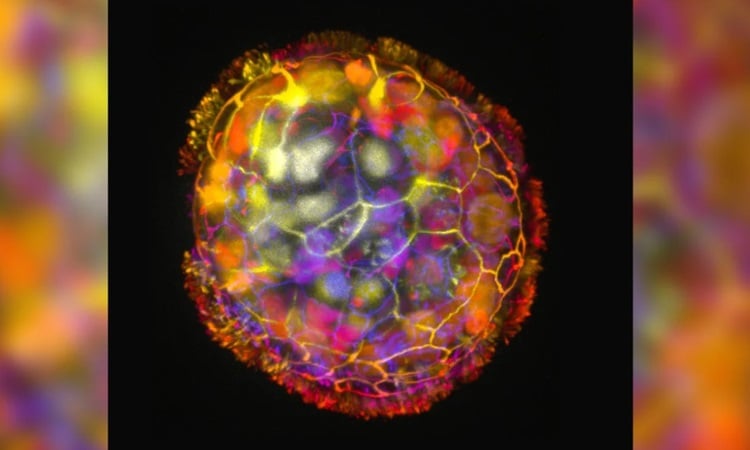
![[Photo] Prime Minister Pham Minh Chinh chairs a meeting of the Government Standing Committee to remove obstacles for projects.](https://vphoto.vietnam.vn/thumb/1200x675/vietnam/resource/IMAGE/2025/10/06/1759768638313_dsc-9023-jpg.webp)


![[Photo] Prime Minister Pham Minh Chinh chaired a meeting of the Steering Committee on the arrangement of public service units under ministries, branches and localities.](https://vphoto.vietnam.vn/thumb/1200x675/vietnam/resource/IMAGE/2025/10/06/1759767137532_dsc-8743-jpg.webp)


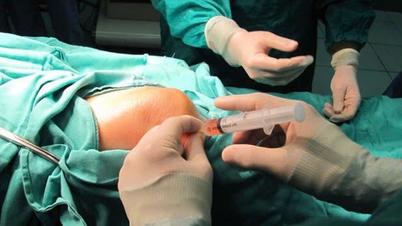

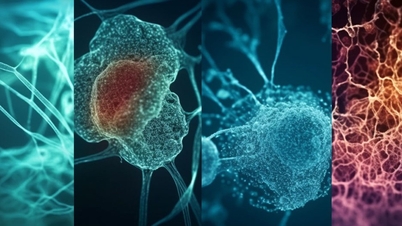
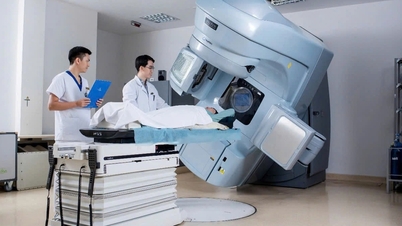



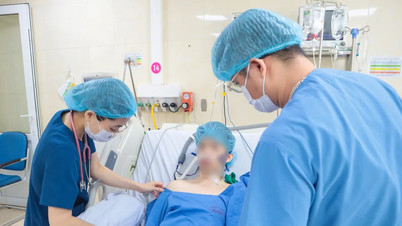





































































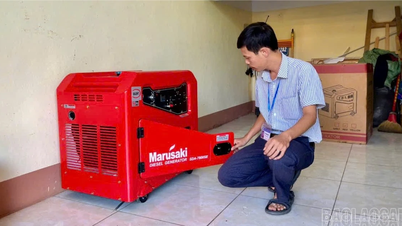


















Comment (0)